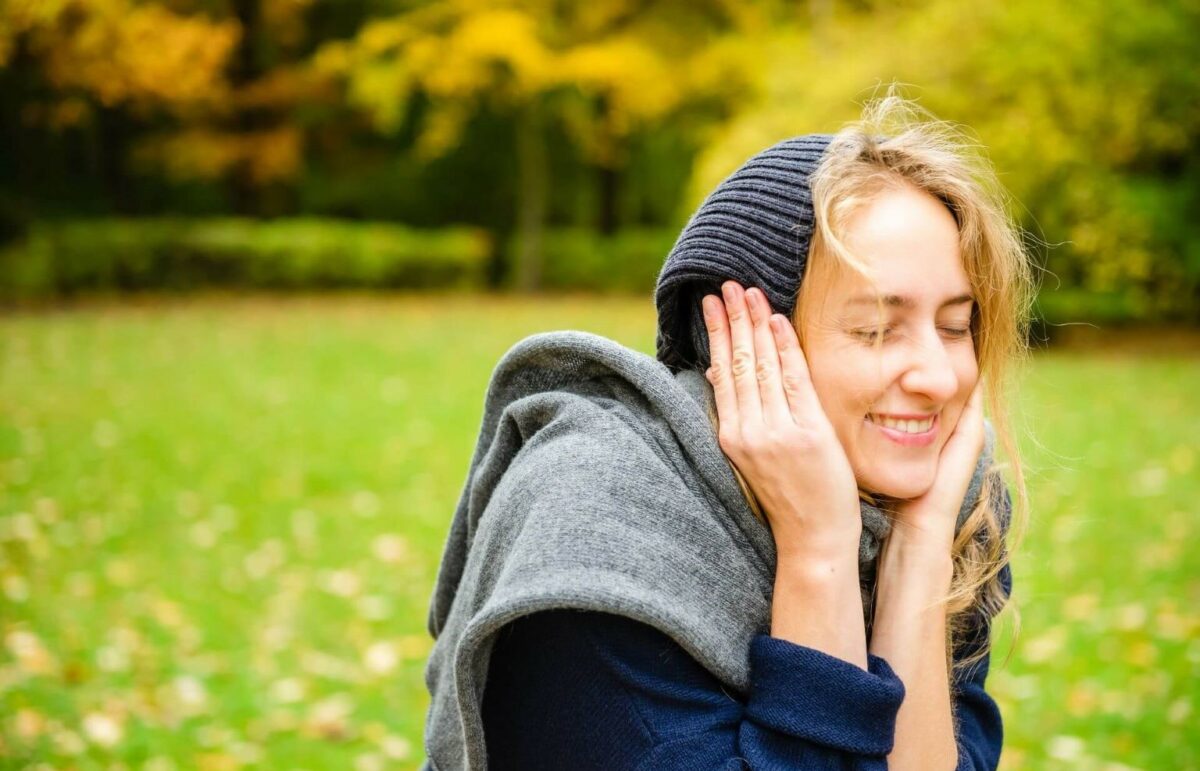- Enhancing Safety When Driving with Hearing Aids - July 15, 2024
- Choosing the Right Ear Protection for Summer Activities - July 8, 2024
- Supporting a Loved One with Hearing Loss - June 28, 2024
When we think about noise-induced hearing loss, many of us conjure up scenarios of dangerous noise in the workplace. And you’d be right! A number of industries within the United States place workers in too loud environments, leading to the risky exposure of an estimated 22 million people each year.
However, the reach of noise and its harm to our hearing extends far beyond industrial workplaces and into our homes and recreational activities. Read on for the truth about noise and hearing loss.
How Noise Impacts Hearing
One of the heavy lifters of the hearing process are the sensitive cells located within the inner ear. We are born with a finite number and these cells do not replicate or repair themselves over our lifetime. Many are lost due to the normal aging process, resulting in a condition known as age-related hearing loss.
They are also vulnerable to decay as a result of excessive noise. When volumes exceed 85 decibels, either far exceeding this volume for a short amount of time or even slightly above this volume for extended periods of time, we can accumulate noise-induced hearing loss. As loud volumes increase, the window of safe tolerance decreases. So while you might be able to withstand noises at 85 decibels safely for eight hours, even 15 minutes is dangerous exposure time for noises at 100 decibels.
When we lose these cells, we lose access to the full spectrum of sounds around us because they receive noise and turn it into sound information that is then sent to the brain for processing. The fewer cells we have, the less sound information we send to the brain. When noise damages the inner ear cells, we call this noise-induced hearing loss.
Symptoms Of Noise-Induced Hearing Loss
Like age-related hearing loss, the initial symptoms of noise-induced hearing loss may be subtle. For instance, if you have worked for decades in a loud factory environment where your ears were regularly exposed to sounds between 85-95 decibels, the amassed damage to the inner ear cells might go unnoticed for many years before difficulty deciphering what people are saying, speech clarity, becomes an issue.
On the other hand, noise-induced hearing loss can also appear in a sudden and violent occurrence, such as an explosion, in which volumes well exceed 120 decibels. This damage would probably make itself known almost immediately with significantly altered hearing ability.
Commonplace Sounds That Put Hearing At Risk
A few industries are well known for their risk to one’s hearing health: the military, agriculture and manufacturing. Luckily, we have federal regulations in place to monitor worker’s exposure to noise and enforce guidelines that help keep people’s hearing relatively safe.
However, few such regulations protect consumers in noisy entertainments we routinely engage in like movie theaters (90-110 decibels), sporting events (100-120 decibels) and rock concerts (100-120 decibels).
Even commonplace items and chores around the home carry hearing health risks. A hair dryer, for example, can reach 100 decibels. As a one-time occurrence for a short span of time, this sound wouldn’t do much harm. However, if this is your 20 minute morning routine for years upon years, eventually the noise damage will accumulate into real hearing loss.
Protect The Hearing You Have
We can’t turn back the clock to undo the hours spent cranking up maximum volumes in our teenage years, but we can practice responsible listening behaviors now. Make sure that the volumes on your personal devices (including the car stereo) remain at the halfway mark or lower. When your favorite song comes on, it’s okay to turn it up for a short period of time, but never exceed two-thirds of maximum volume.
With the ubiquity of smartphones, it’s now possible to monitor your sound environments with some accuracy. Apps like DecibelX allow you to measure how loud sounds are, so if you have an inkling the local movie theater carries hearing health risks, you can use this app or others like it to get a reliable reading.
Apple iPhones have a volume monitor built into their Health app, so that you can check to see how your listening practices measure up.
Schedule A Hearing Exam
If you’re concerned about the role of noise on your hearing health or have noticed recent changes in your listening ease, schedule an appointment with our team today.

